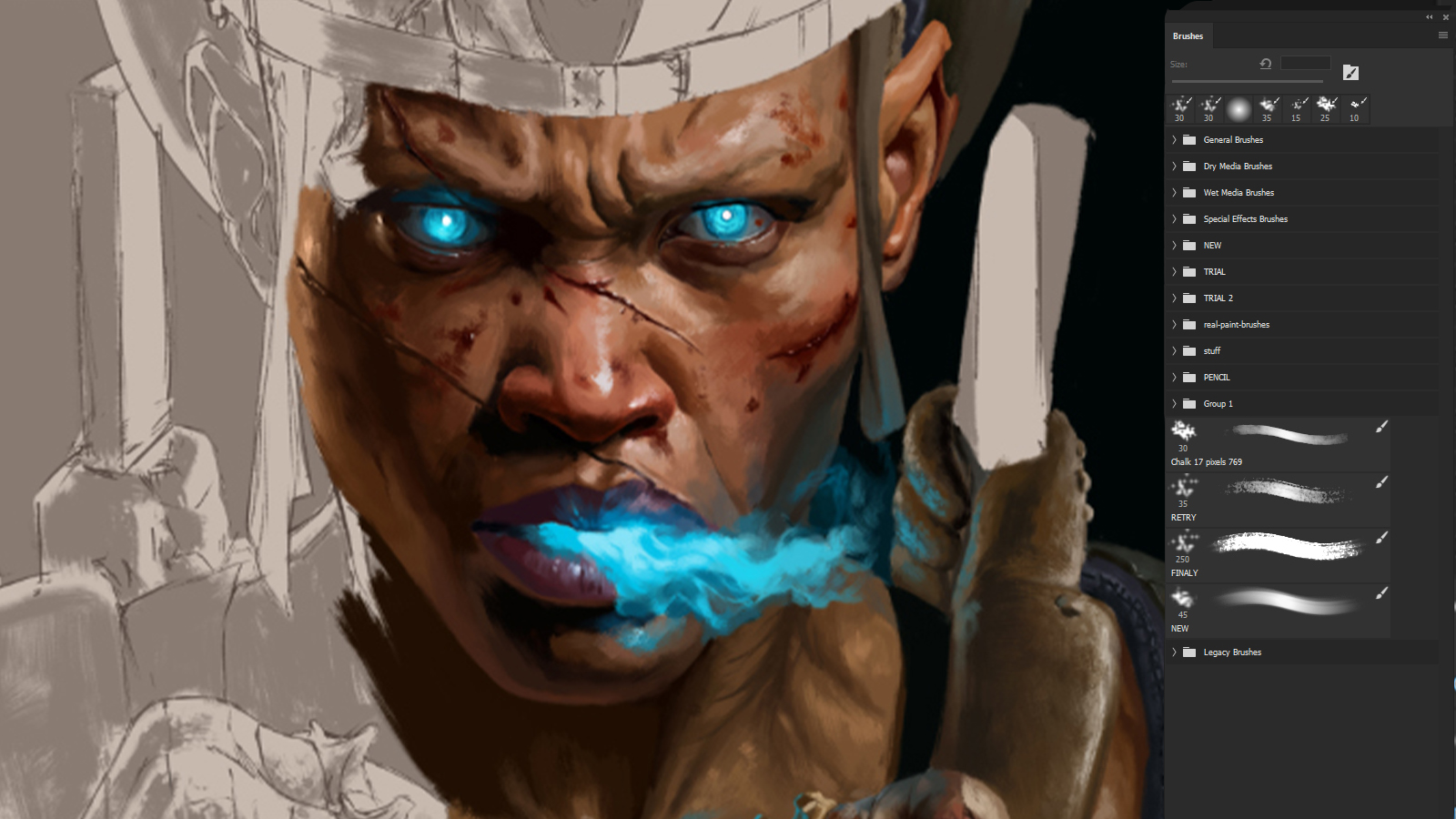5 stunning pieces of Japanese tattoo art
A new generation of Japanese tattoo designs combine traditional and modern styles.
Tattoo designs can be a great source of inspiration for creatives, from small ornamental ink to meaningful tribal tattoos. (And integrating them into your designs is easy wit hthe likes of tattoo fonts.) But it's also important to know the social and historical context in which they're created.
In Japan, the indigenous Ainu people used facial tattoos as membership symbols to their clans. In more recent history, tattoos have been the preserve of social outcasts and criminals. Even today, they are associated with the yakuza, the Japanese mafia, and if you have a visible tattoo you are often forbidden from entering a sento - the bath houses that form an integral part of Japanese community life.
But while they have negative connotations for the older generation, a younger generation are keen to explore their heritage through creating beautiful tattoo art. Here we've gathered some beautiful and inspiring examples of Japanese tattoo designs, created by some of the greatest studios across the Asian nation.
01. Horitata
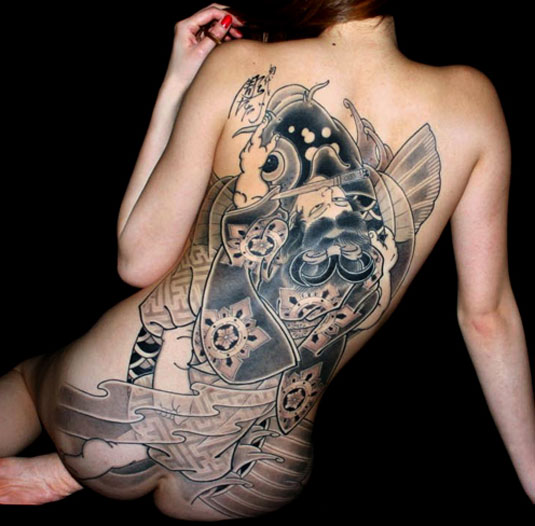
Based in Tokyo, Horitata is a huge fan of American design, but his work is mostly inspired by the Edo period (1600-1868), the golden age of traditional Japanese tattoo design.
The character here really stands out from the background, making it instantly recognisable, even from a distance.

02. Yellow Blaze
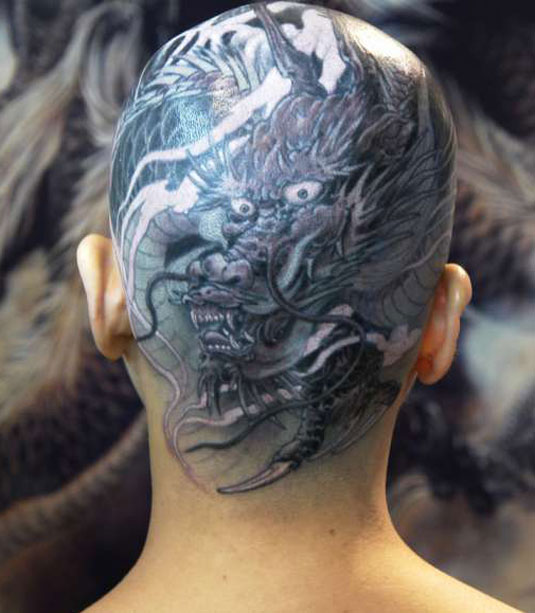
The dragon tattooed on this skull was created by Shige, a self-taught tattooist based in Yokohama who is the founder of Yellow Blaze Tattoo.
While the basis of his work is Japanese history and traditional culture, Shige has created his own original style, which he describes as a never-ending work in progress.
Daily design news, reviews, how-tos and more, as picked by the editors.
03. En
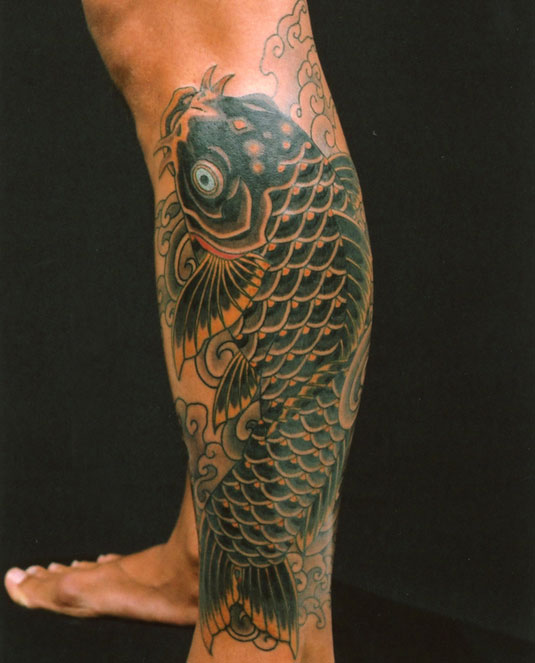
En works at Genko Studio in Nagoya, which is well known for his modern spin on traditional Japanese tattoo designs.
This illustration features a koi - a symbol of love and a recurring element in traditional Japanese tattoos. The hints of orange, red and blue give a modern look to the traditional design of the koi.
04. Horiyoshi III
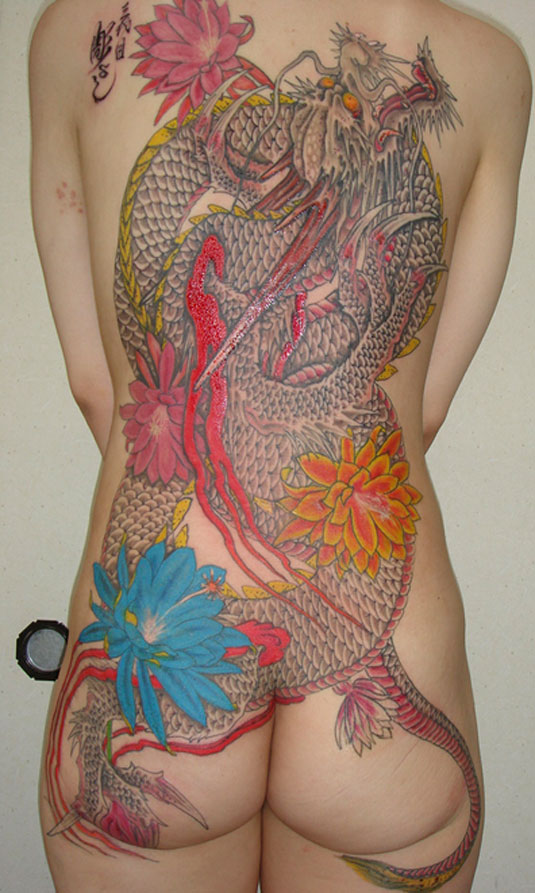
This tattoo is a good example of Japanese tattoo design in the irezumi tradition: a full-body tattoo, covering arms, back, upper legs and chest. Horiyoshi III, an artist specialized in this approach, is so famous that there's even a museum dedicated to his art in Yokohama.
Although not entirely traditional in his approach - he works with electric needles - Horiyoshi III tries to stick to traditional classical motifs such as koi, dragons and peonies.
05. Gakkin
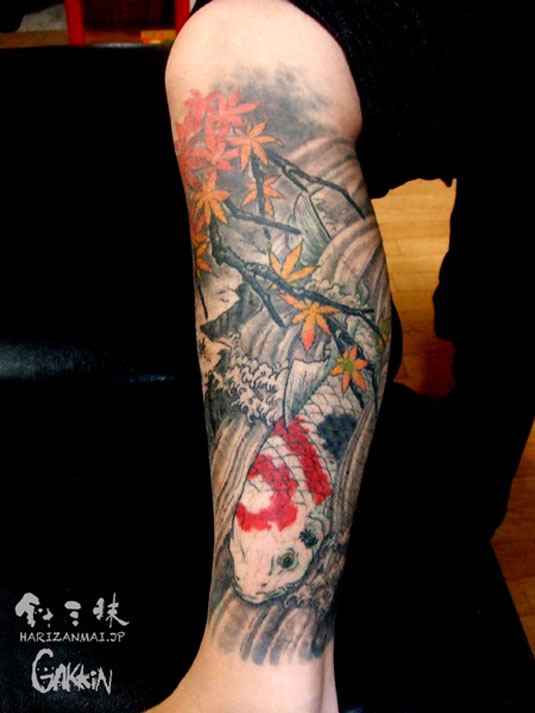
Gakkin, who works at Harizanmai tattoo studio in Kyoto, takes a new approach to traditional Japanese themes, strongly influenced by manga, graffiti and graphic design. But although his tattoos are defiantly 21st-century, Gakkins still follows many of the traditional rules of Japanese tattoo design, such as: "Never put momiji [message dolls] and sakura [cherry blossom] in the same drawing", and "Tigers should always go with bamboo".
While the background of this design is reminiscent of traditional Japanese prints, the colourful maple and the steaks of bright red on the koi makes it stand out as strikingly modern.
Words: Mylène Boyrie
Mylène Boyrie is a freelancer from Bordeaux, France, specializing in print and digital design. Follow her on Twitter.
Liked this? Read these!
- Food art: jaw-dropping examples of culinary craft
- Brain-scrambling examples of trompe l'oeil
- Beautiful examples of spirit bottle labels
Have you seen a Japanese tattoo design that made you go 'wow'? Let us know about it in the comments!

The Creative Bloq team is made up of a group of art and design enthusiasts, and has changed and evolved since Creative Bloq began back in 2012. The current website team consists of eight full-time members of staff: Editor Georgia Coggan, Deputy Editor Rosie Hilder, Ecommerce Editor Beren Neale, Senior News Editor Daniel Piper, Editor, Digital Art and 3D Ian Dean, Tech Reviews Editor Erlingur Einarsson, Ecommerce Writer Beth Nicholls and Staff Writer Natalie Fear, as well as a roster of freelancers from around the world. The ImagineFX magazine team also pitch in, ensuring that content from leading digital art publication ImagineFX is represented on Creative Bloq.
